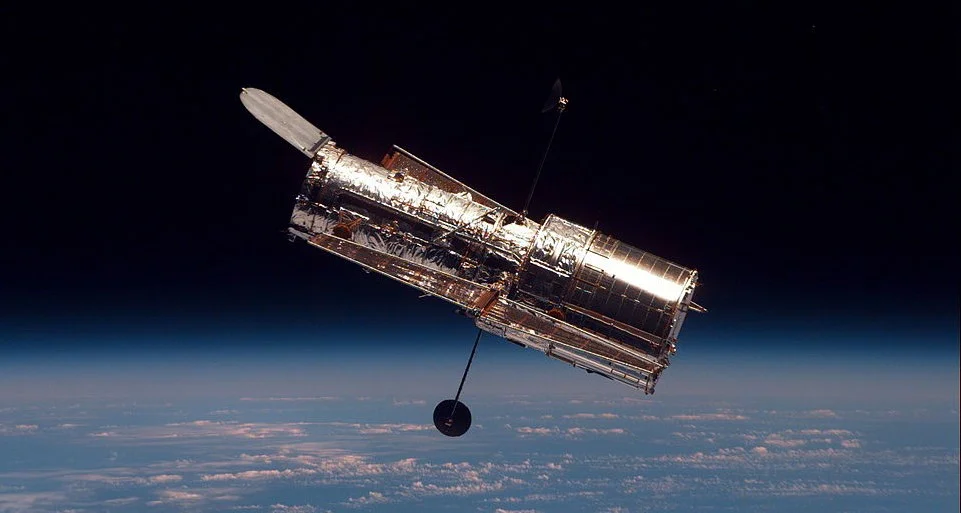The AMD RDNA3+ architecture was created as an intergenerational successor to the current RDNA3, i.e. as a revision with minor improvements compared to it. So a big jump in terms of performance was not to be expected, but the importance of this update it wasn’t so much in power but in fixing some problems that the new generation of the giant Sunnyvale has shown since its launch and in improving efficiency.
I have already told you on previous occasions that the RDNA3 architecture represents an interesting development compared to RDNA2. The most notable thing is undoubtedly the performance improvement it achieved in ray tracing and the multi-chip design it uses, although it didn’t live up to expectations in terms of raw performance or efficiency, and this next-gen architecture came with important bugs that ultimately prevented it from launching.
Some of these issues have been resolved with new drivers, but there are others that are present at the hardware level and can only be fixed. with replacement of affected units. On the other hand, we have also seen information pointing to issues with power profiles as well as poor performance with network shaders, two issues that could not be solved with drivers and could only be solved by releasing a patch for said architecture, i.e. with the arrival of AMD RDNA3+.

The truth is that introducing this new architecture made a lot of sense. On one hand, RDNA3+ would enable AMD “settlement” and fix all these problems which we discussed, and on the other hand, this architecture would serve as the basis for Sunnyvale to launch a “refresh” of its Radeon RX 7000 graphics cards between the end of this year and the beginning of next year. These new graphics cards could come labeled as Radeon RX 7X50 (for example, the Radeon RX 7950 XTX) and would compete with the refresh that NVIDIA will launch GeFoorce RTX 40.
The fact is that according to new information coming from very reliable source which has already correctly pointed out the Radeon RX 7000 issues, AMD would cancel RDNA3+. The said source was quite harsh in justifying this information, noting that all of the RDNA3 GPUs failed to meet their performance and efficiency targets and that it was generally a “bad architecture”.
Therefore, it would not make sense to start a review, because it would not be possible to correct the deficiencies of RDNA3and AMD would next focus directly on RDNA4, an entirely new architecture that will enable Sunnyvale “Start over”.














